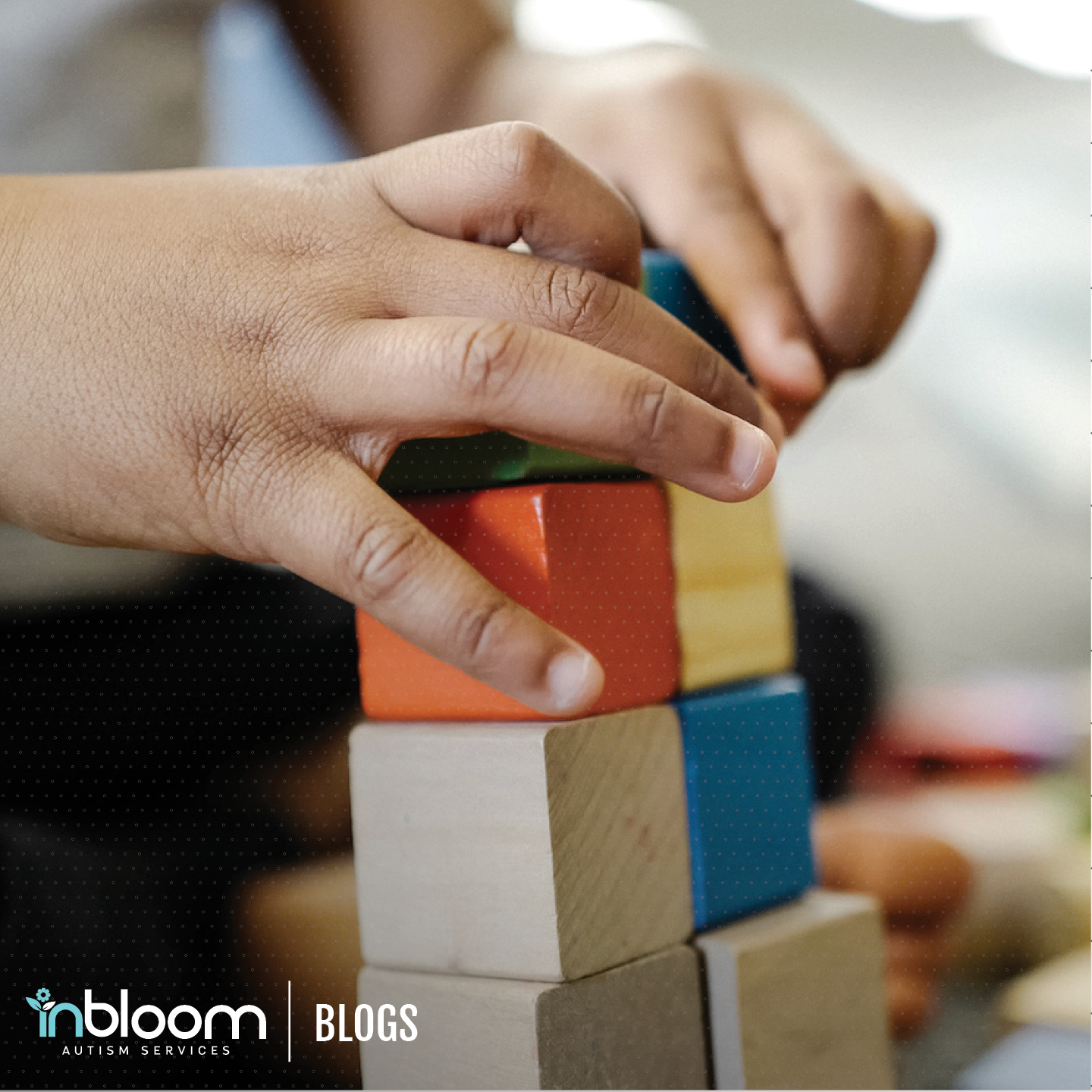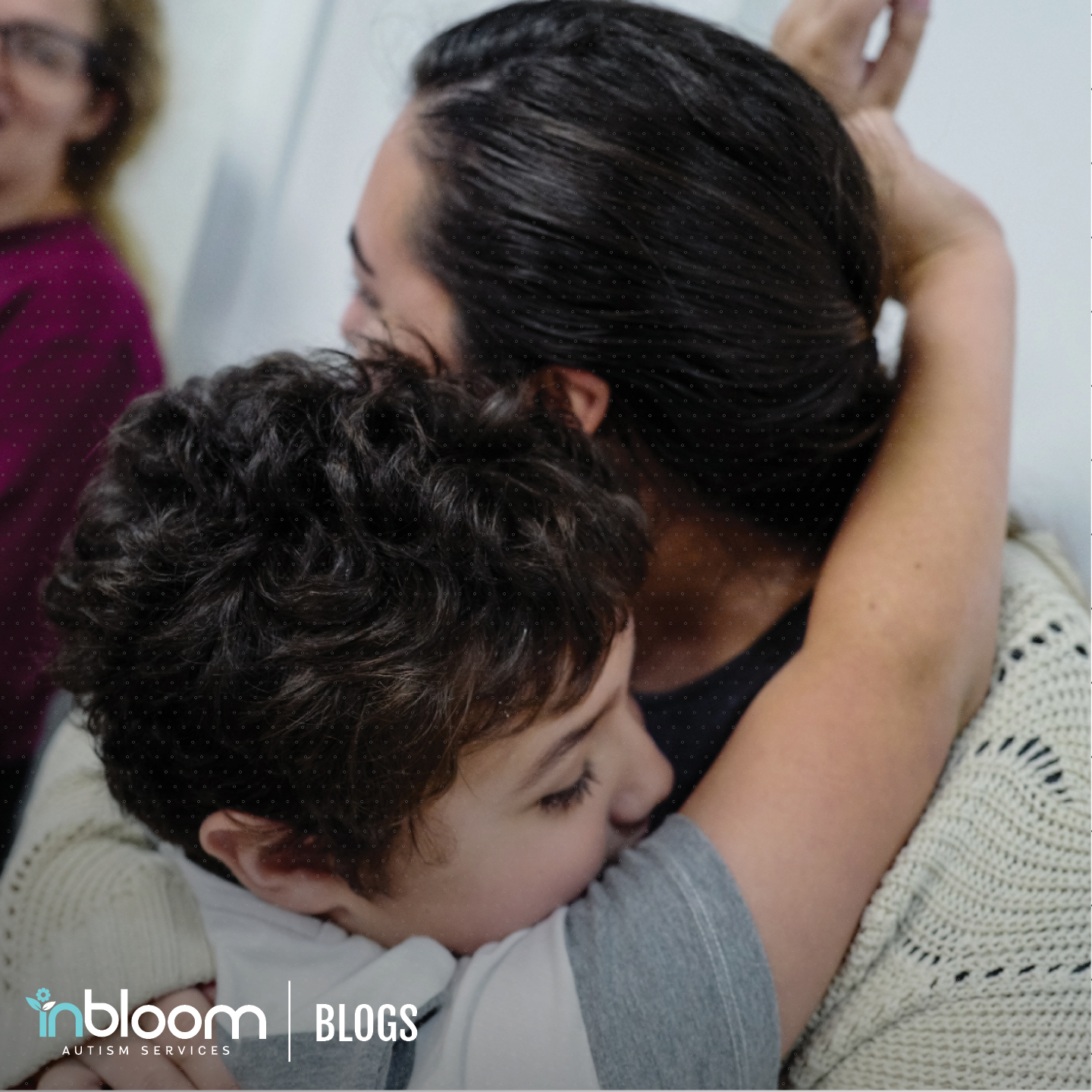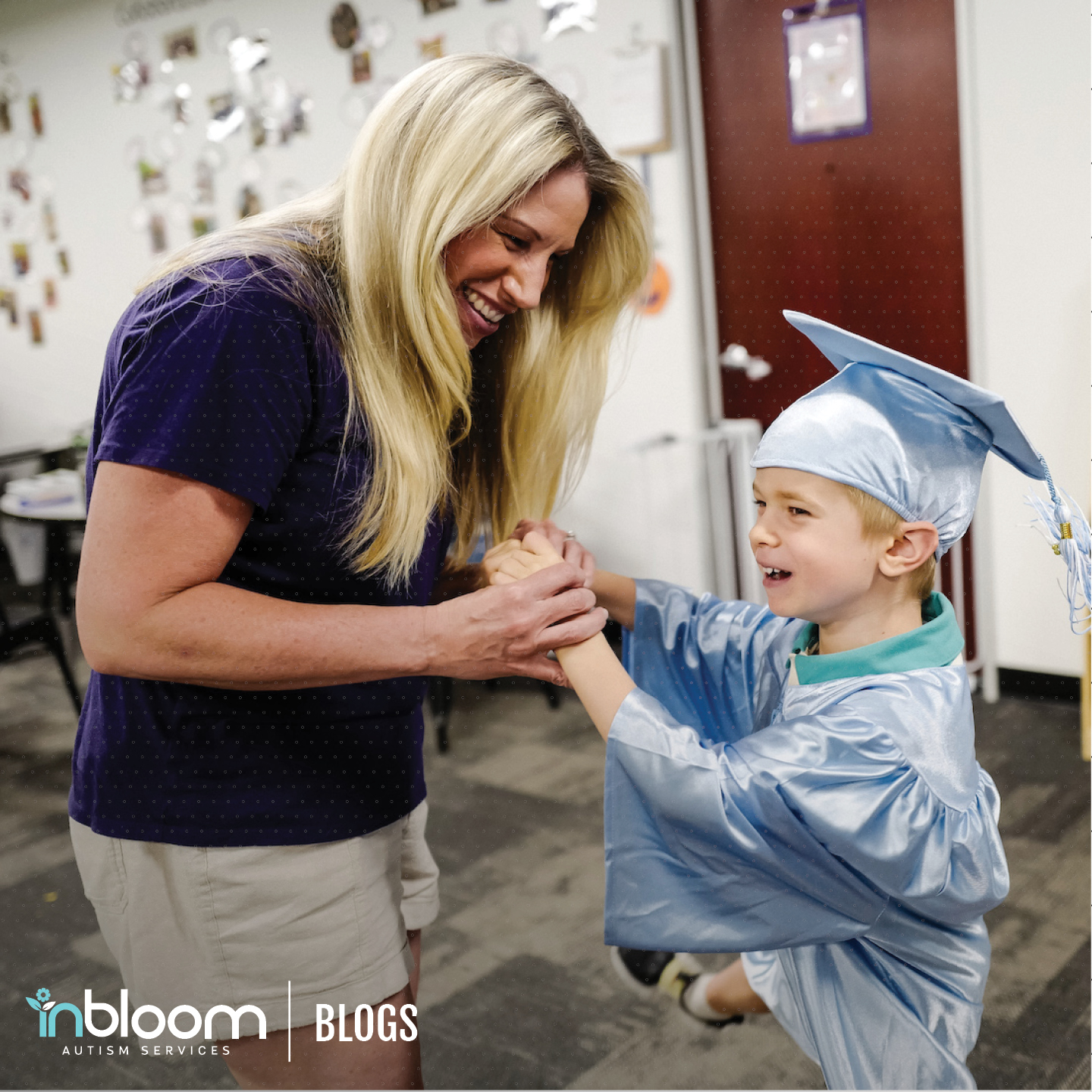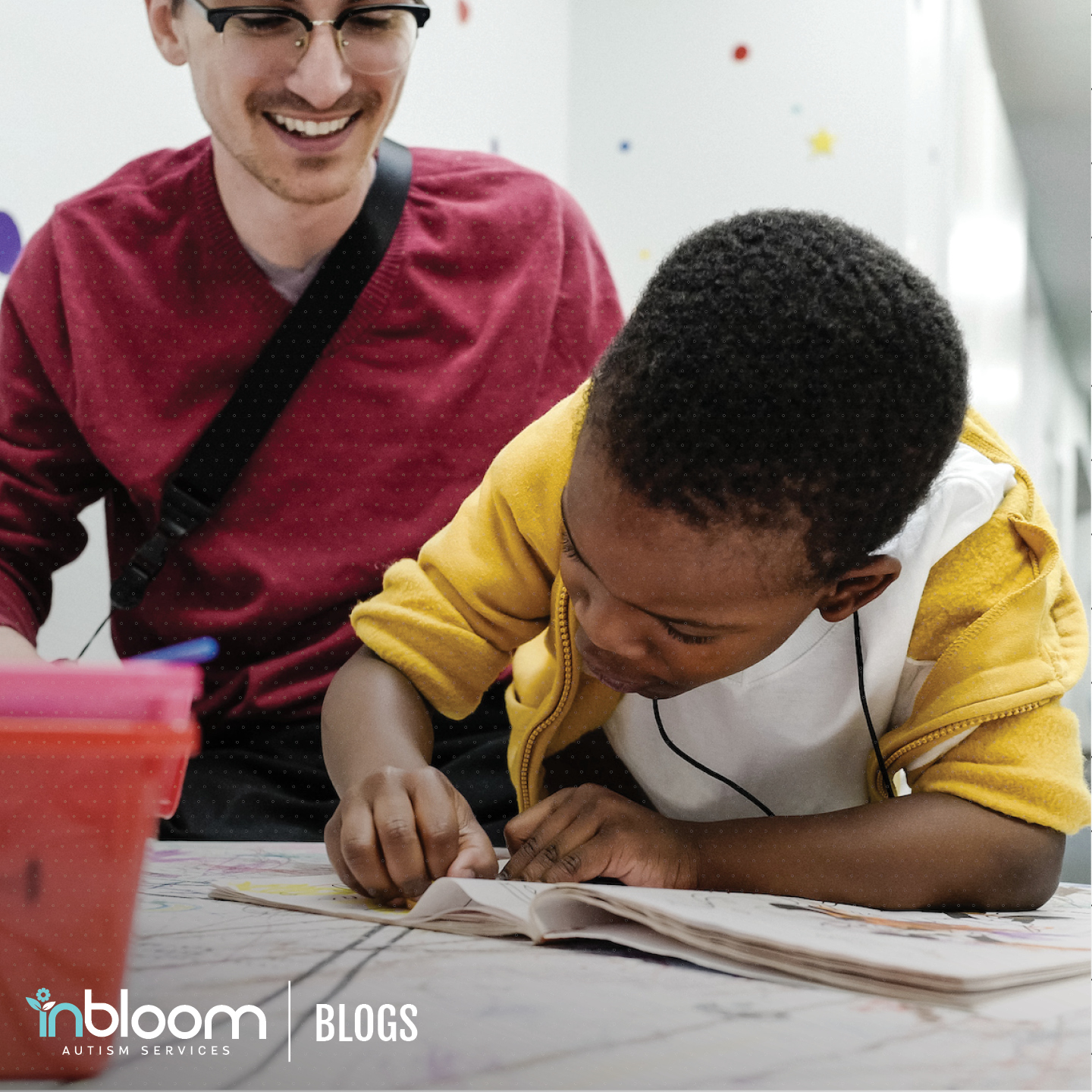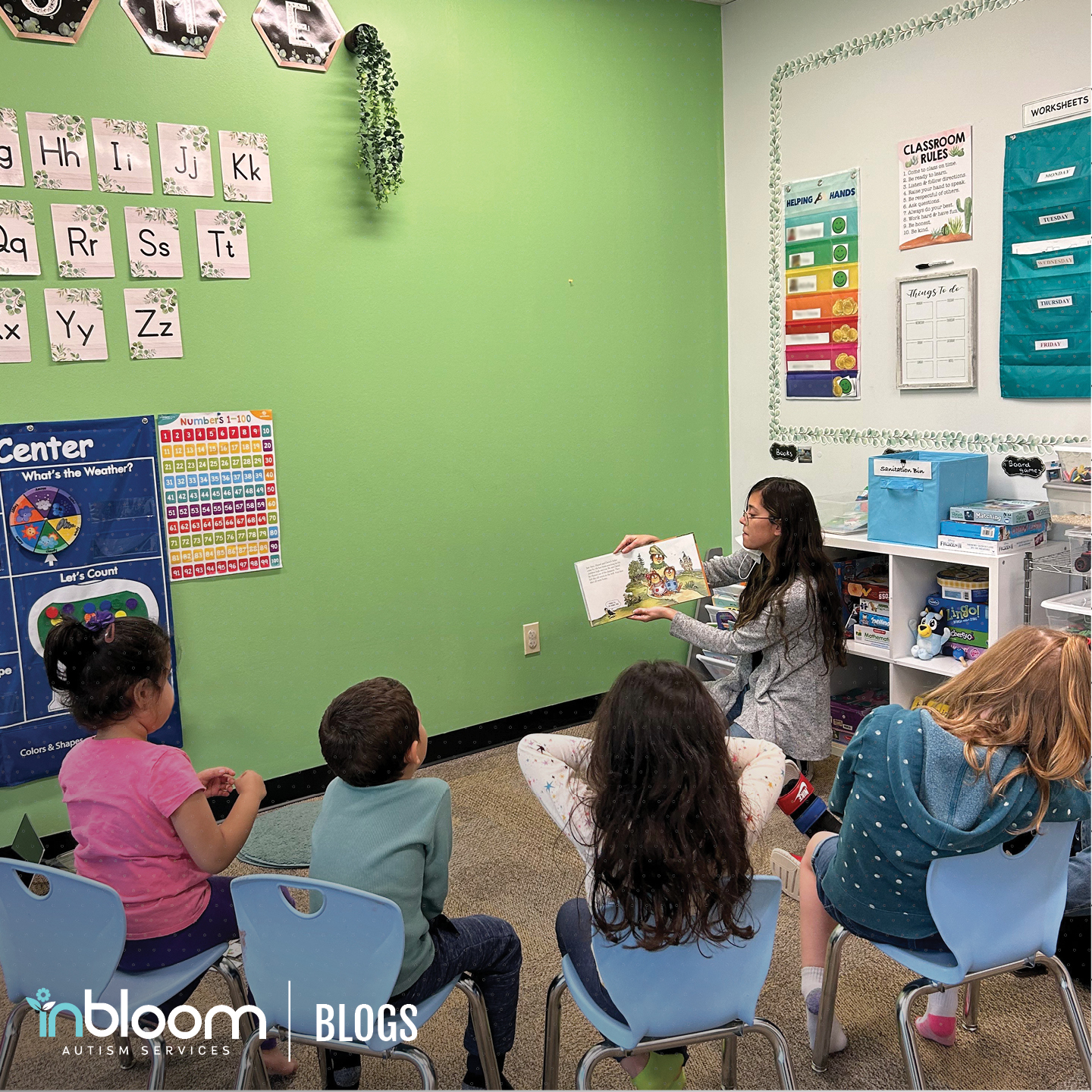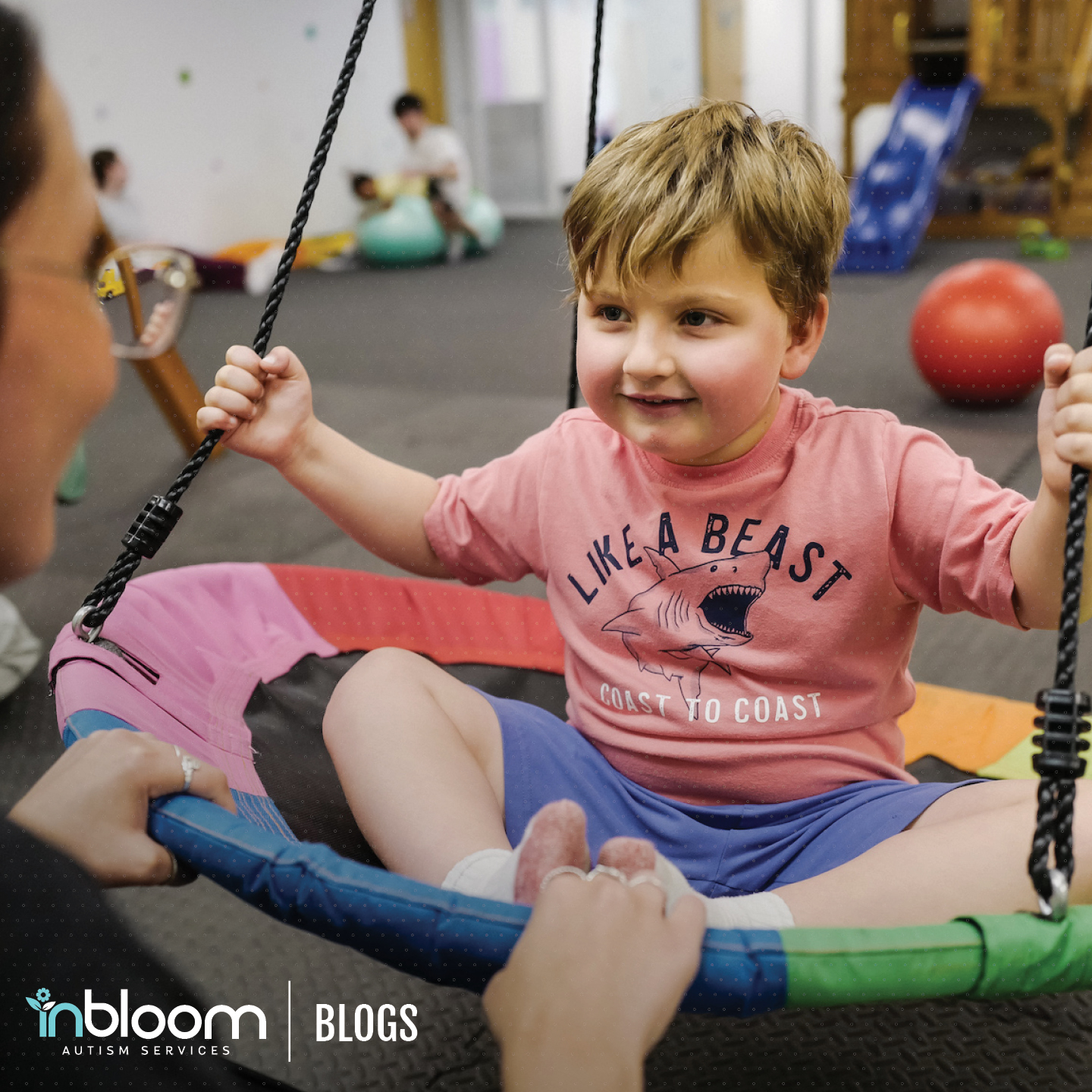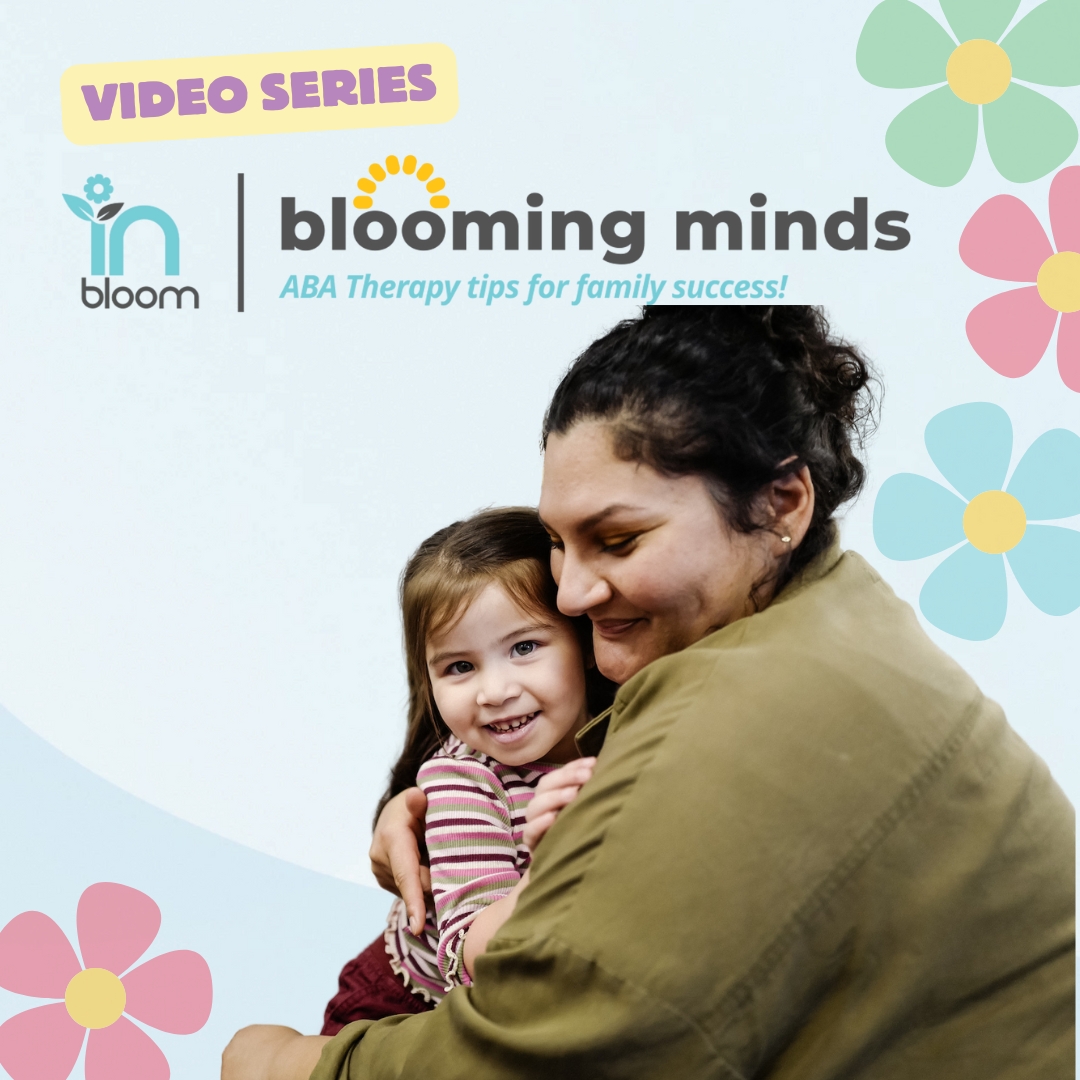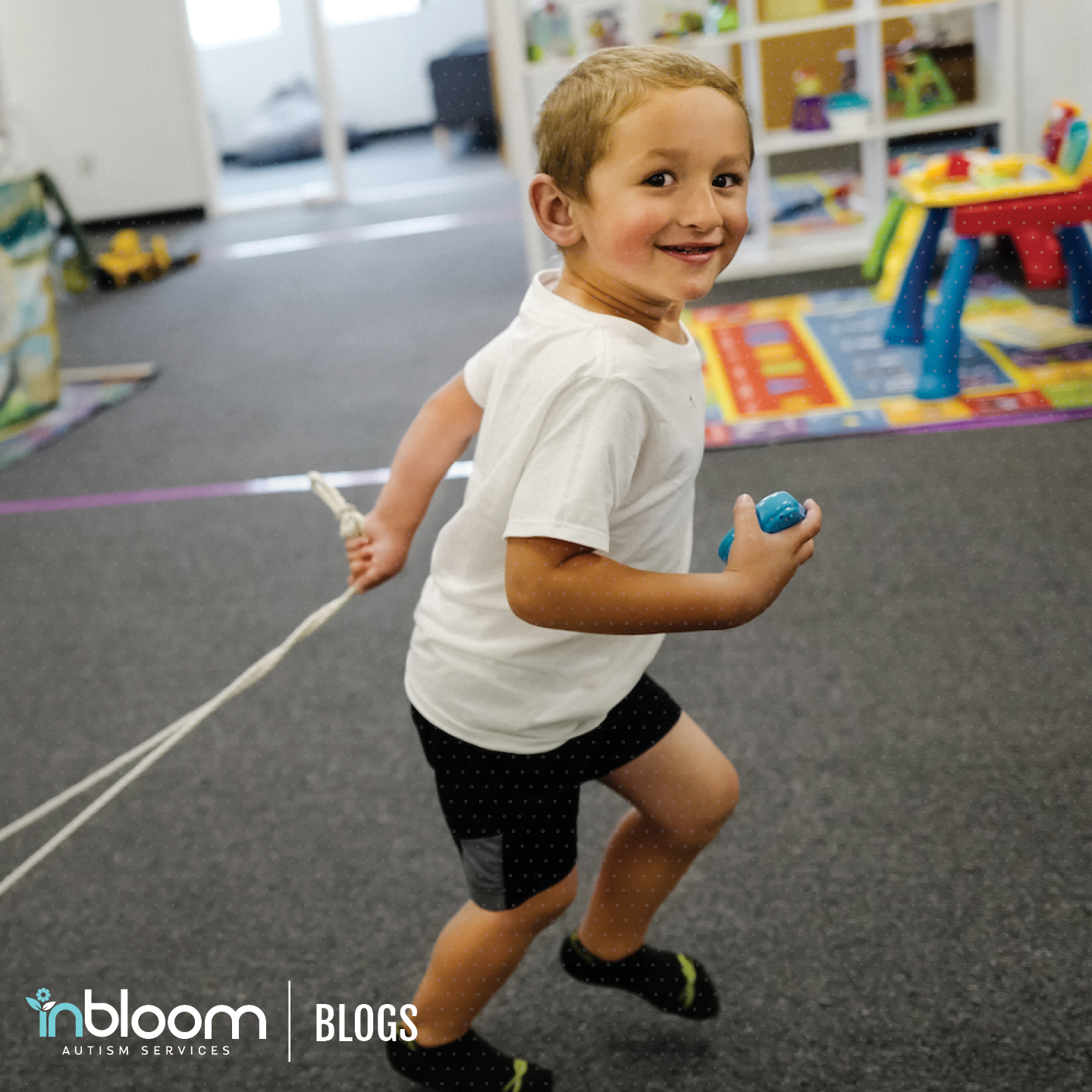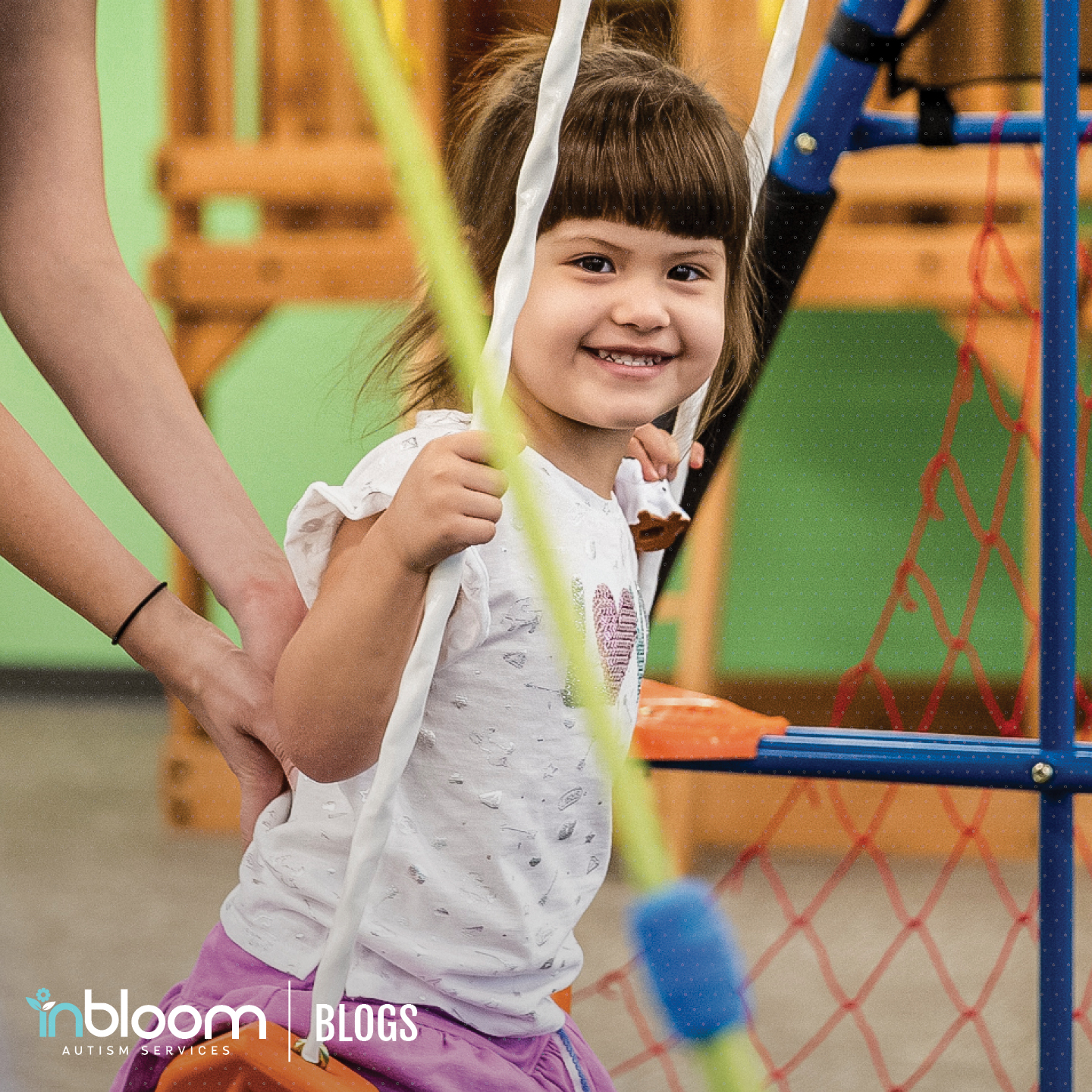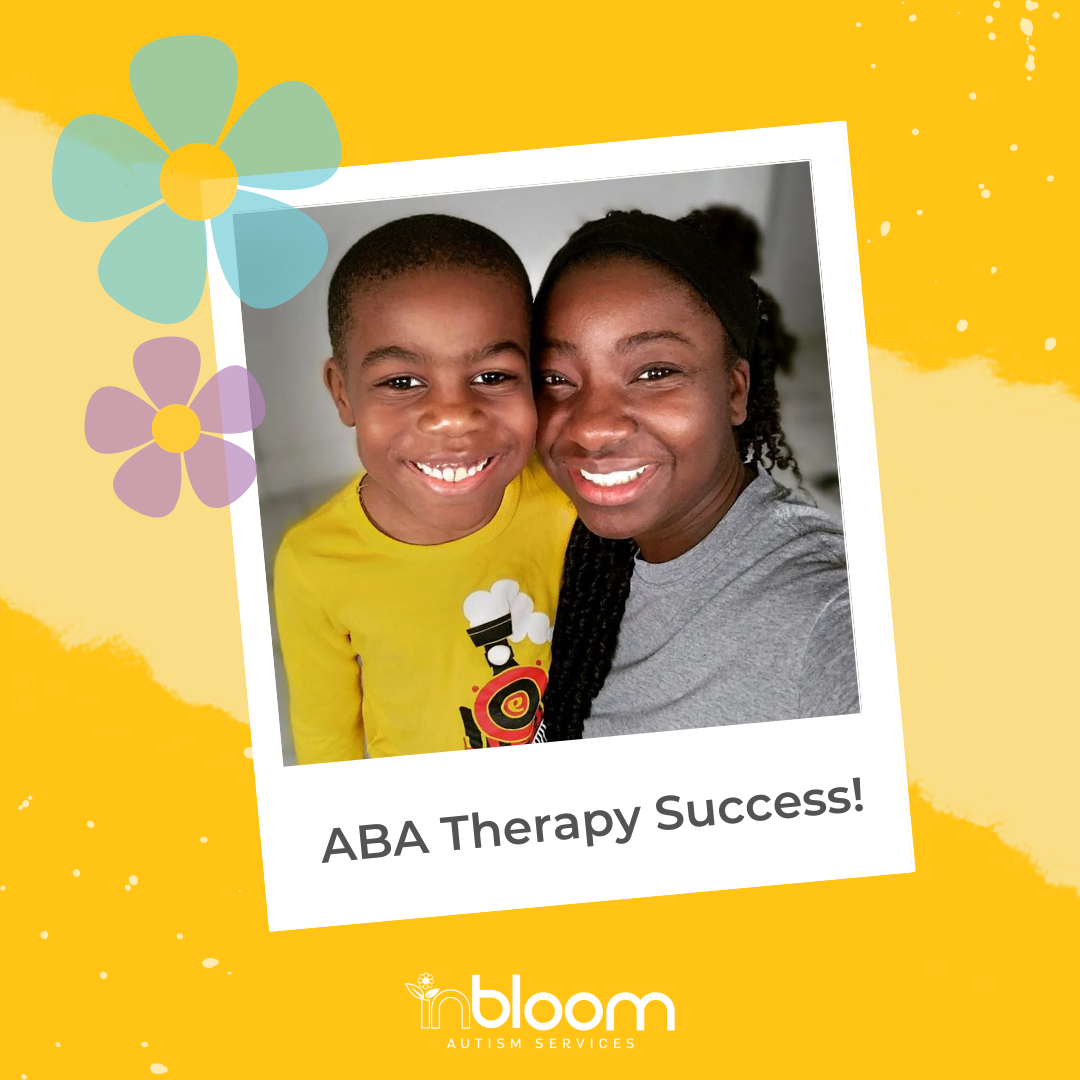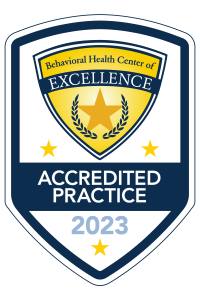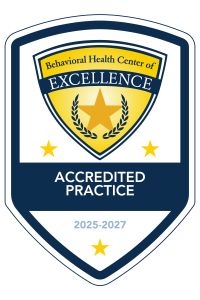Latest Blogs on Autism Services and Support
Why In-Network ABA Therapy Matters: Understanding the Risks of Single-Case Agreements
When families first begin exploring autism therapy insurance coverage, terms like “in-network” and “single-case agreement (SCA)” can feel overwhelming. [...]
Why Choosing a BHCOE Accredited ABA Therapy Provider Matters
We’re proud to announce that InBloom Autism Services has been awarded a two-year reaccreditation from the Behavioral Health Center [...]
Decoding Autism Terminology: A Parent’s Guide to Key ABA Terms
Navigating the world of autism and Applied Behavior Analysis (ABA) can feel overwhelming, especially when you're introduced to lots [...]
How to Practice Self-Care as a Parent of a Child with Autism
As a parent of a child with autism, more often than not, your needs come second, third, or fourth. [...]
My Child Was Diagnosed with Autism, Now What?
Dear Parents & Caregivers, I’m Dr. Jaqui R. Otto, a licensed psychologist at InBloom Autism Services, and I [...]
How ABA Therapy Enhances Early Learning for Children with Autism
ABA therapy is a proven approach to supporting children with autism in early learning schools. At InBloom Autism Services, [...]
School-Based Programs vs. Center-Based ABA Therapy
And just like that, your baby has become a toddler, and preschool and kindergarten are on the horizon! [...]
Sensory Tools & Activities for Children with Autism
We all know the 5 senses, right? Sight, touch, taste, smell, and hearing- but did you know that there [...]
5 Tips For A Happy and Safe Halloween: Autism Edition
Halloween can be a magical time, full of costumes, candy, and fun! But for children with autism, it [...]
Understanding Your Child’s Behavior: ABA Edition
Understanding a child's behavior can be challenging and stressful for both kids and parents. In this 2-part episode of [...]
Fox 21 News: Autism Therapy in Colorado Springs
And we're LIVE! Our Chief Clinical Officer, Ellen Fittro, recently appeared on the Fox 21 News TV Show Loving [...]
A Few Reasons Why BCBAs Love InBloom
At InBloom Autism Services, we know Board Certified Behavior Analysts (BCBA) are at the heart of ABA therapy! As [...]
Wandering Off and Autism
Many caregivers of individuals with autism constantly worry that their child might wander off unexpectedly. This behavior, known as [...]
Why Are Developmental Milestones Important for Children?
Your child’s first 5 years of life are some of the most precious and the most formative. Understanding the role [...]
Our Journey Together: A Mother’s Insight into Her Son’s Autism
Our mission is to help families navigate an autism diagnosis by providing support, resources, and the best ABA therapy services to [...]
Autism Acceptance Month
April is a special time for the autism community—it's Autism Acceptance Month! During this time, the world comes together [...]

